Incomplete fracture
Citation, DOI, disclosures and article data
At the time the article was created Jeremy Jones had no recorded disclosures.
View Jeremy Jones's current disclosuresAt the time the article was last revised Liz Silverstone had no financial relationships to ineligible companies to disclose.
View Liz Silverstone's current disclosures- Incomplete fractures
Incomplete fractures are a heterogeneous group of fractures that predominantly occur in the long bones of pediatric patients. Rang 1 describes a continuum of fractures that occur with increasing longitudinal force applied along the length of the bone. At the point where force exceeds the structural integrity of the bone, a complete fracture occurs.
The majority of forearm and lower leg fractures occur after indirect injury (e.g. the fall on an outstretched arm or jump from a height) rather than a direct injury (e.g. strike with a bat). In these situations, the force applied and the angulation of the force results in a variety of injuries.
Classification
These fractures are a result of increasing mechanical deformation.
During a low-energy energy injury, longitudinal force applied along the radius will result in the bowing of the bone, which returns to normal when the force is released. In other words, the force results in elastic bowing that is not radiographically apparent as by the time the film is obtained the bone has returned to normal.
Bowing fracture
With greater force, the loaded bone undergoes plastic deformation, resulting in clinically evident and radiographically proven bowing of the bone; a bowing fracture. No discrete fracture is visible.
Torus fracture
If more force were applied the concave side of the bending bone will undergo compression fracture and a bulge will appear; a torus fracture. These usually occur in the metaphyseal regions, especially of the distal radius.
Greenstick fracture
If the bending bone is angulated slightly beyond its limit of bending, there is a complete failure of the convex cortex (the side of maximal tension) and only bending on the compression side. These greenstick fractures are far less common than torus fractures and are often more complete than initial radiographs demonstrate. Greenstick fractures tend to be mid-shaft injuries and may result from direct perpendicular trauma.
References
- 1. Wenger DR, Pring ME, Rang M. Rang's Children's Fractures, 3e. Lippincott Williams & Wilkins. (2005) ISBN:0781752868. Read it at Google Books - Find it at Amazon
Incoming Links
- Torus fracture of the radius
- Torus fracture of the radius
- Tibial torus fracture and fibular bowing
- Torus fracture of the radius
- Torus fracture of the radius
- Greenstick fracture of radius
- Torus fracture of radius
- Torus fracture of the radius
- Torus fracture of the radius
- Distal radius and ulna greenstick fractures
- Torus, physeal and greenstick fractures - forearm
- Greenstick fracture of the 5th metacarpal
- Torus fracture of the radius
- Torus fracture of the radius
- Proximal humeral greenstick fracture
- Greenstick fractures - radius
- Torus fracture of radius and ulna
- Torus fracture
- Greenstick fractures - bilateral distal radii
- Torus fracture
Related articles: Fractures
-
fracture
- terminology
- fracture location[+][+]
- diaphyseal fracture
- metaphyseal fracture
- physeal fracture
- epiphyseal fracture
- fracture types
- avulsion fracture
- articular surface injuries[+][+]
- complete fracture[+][+]
- incomplete fracture
- infraction
- compound fracture[+][+]
- pathological fracture
- stress fracture[+][+]
- fracture displacement[+][+]
- fracture location[+][+]
- fracture healing[+][+]
- skull fractures[+][+]
-
facial fractures[+][+]
- fractures involving a single facial buttress
- alveolar process fractures
- frontal sinus fracture
- isolated zygomatic arch fractures
- mandibular fracture
- nasal bone fracture
- orbital blow-out fracture
- paranasal sinus fractures
- complex fractures
- dental fractures
- fractures involving a single facial buttress
-
spinal fractures[+][+]
- classification (AO Spine classification systems)
-
cervical spine fracture classification systems
- AO classification of upper cervical injuries
- AO classification of subaxial injuries
- Anderson and D'Alonzo classification (odontoid fracture)
- Roy-Camille classification (odontoid process fracture)
- Gehweiler classifcation (atlas fractures)
- Levine and Edwards classification (hangman fracture)
- Allen and Ferguson classification (subaxial spine injuries)
- subaxial cervical spine injury classification (SLIC)
- thoracolumbar spinal fracture classification systems
- three column concept of spinal fractures (Denis classification)
- classification of sacral fractures
-
cervical spine fracture classification systems
- spinal fractures by region
- spinal fracture types
- classification (AO Spine classification systems)
- rib fractures[+][+]
- sternal fractures
-
upper limb fractures[+][+]
- classification
- Rockwood classification (acromioclavicular joint injury)
- AO classification (clavicle fracture)
- Neer classification (clavicle fracture)
- Neer classification (proximal humeral fracture)
- AO classification (proximal humeral fracture)
- AO/OTA classification of distal humeral fractures
- Milch classification (lateral humeral condyle fracture)
- Weiss classification (lateral humeral condyle fracture)
- Bado classification of Monteggia fracture-dislocations (radius-ulna)
- Mason classification (radial head fracture)
- Frykman classification (distal radial fracture)
- Mayo classification (scaphoid fracture)
- Hintermann classification (gamekeeper's thumb)
- Eaton classification (volar plate avulsion injury)
- Keifhaber-Stern classification (volar plate avulsion injury)
- upper limb fractures by region
- shoulder
- clavicular fracture
-
scapular fracture
- acromion fracture
- coracoid process fracture
- glenoid fracture
- humeral head fracture
- proximal humeral fracture
- humeral neck fracture
- arm
- elbow
- forearm
- wrist
-
carpal bones
- scaphoid fracture
- lunate fracture
- capitate fracture
- triquetral fracture
- pisiform fracture
- hamate fracture
- trapezoid fracture
- trapezium fracture
- hand
- shoulder
- classification
- lower limb fractures[+][+]
- classification by region
- pelvic fractures
- hip fractures
- Pipkin classification (femoral head fracture)
- Garden classification (hip fracture)
- American Academy of Orthopedic Surgeons classification (periprosthetic hip fracture)
- Cooke and Newman classification (periprosthetic hip fracture)
- Johansson classification (periprosthetic hip fracture)
- Vancouver classification (periprosthetic hip fracture)
- femoral
- knee
- Schatzker classification (tibial plateau fracture)
- AO classification of distal femur fractures
- Meyers and McKeevers classification (anterior cruciate ligament avulsion fracture)
- tibia/fibula
- Watson-Jones classification (tibial tuberosity avulsion fracture)
- ankle
- foot
- Berndt and Harty classification (osteochondral lesions of the talus)
- Sanders CT classification (calcaneal fracture)
- Hawkins classification (talar neck fracture)
- Myerson classification (Lisfranc injury)
- Nunley-Vertullo classification (Lisfranc injury)
- pelvis and lower limb fractures by region
- pelvic fracture
- sacral fracture
- coccygeal fracture
-
hip
- acetabular fracture
- femoral head fracture
-
femoral neck fracture
- subcapital fracture
- transcervical fracture
- basicervical fracture
-
trochanteric fracture
- pertrochanteric fracture
- intertrochanteric fracture
- subtrochanteric fracture
- femur
- mid-shaft fracture
- bisphosphonate-related fracture
- distal femoral fracture
- knee
- avulsion fractures
- Segond fracture
- reverse Segond fracture
- anterior cruciate ligament avulsion fracture
- posterior cruciate ligament avulsion fracture
- arcuate complex avulsion fracture (arcuate sign)
- biceps femoris avulsion fracture
- iliotibial band avulsion fracture
- semimembranosus tendon avulsion fracture
- Stieda fracture (MCL avulsion fracture)
- patellar fracture
- tibial plateau fracture
- avulsion fractures
- leg
- tibial tuberosity avulsion fracture
- tibial shaft fracture
- fibular shaft fracture
- Maisonneuve fracture
- ankle
- foot
- tarsal bones
- metatarsal bones
- phalanges
- classification by region
- terminology


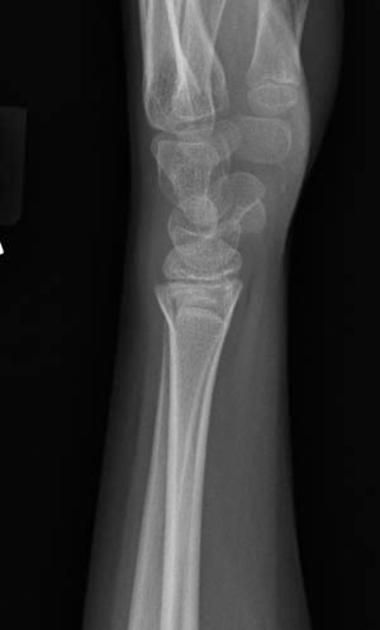
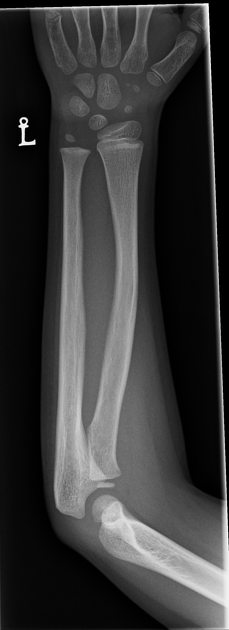
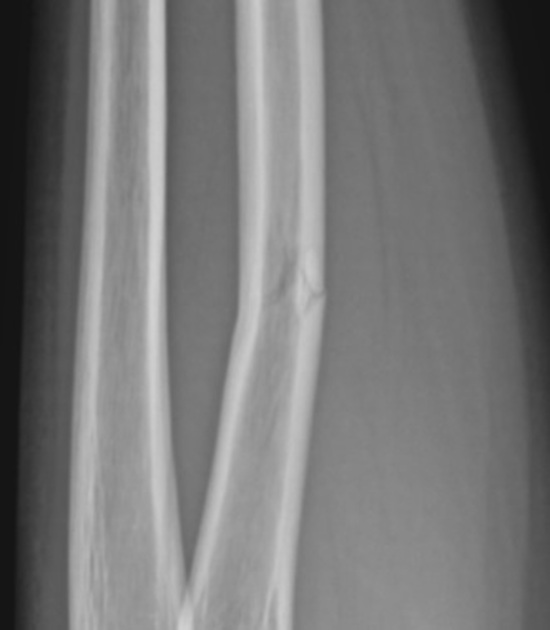
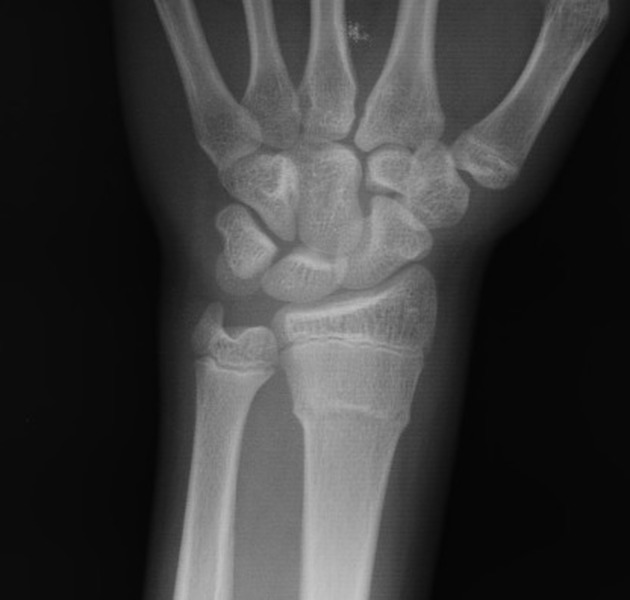

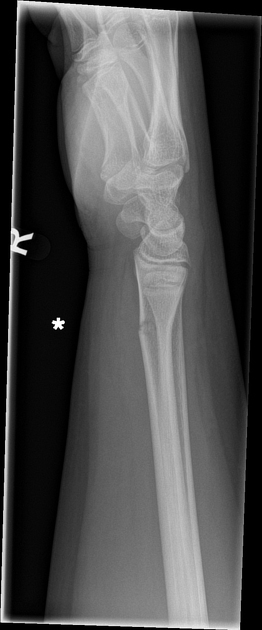


 Unable to process the form. Check for errors and try again.
Unable to process the form. Check for errors and try again.